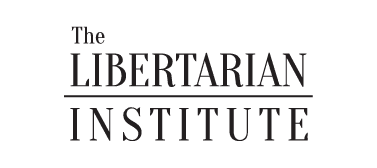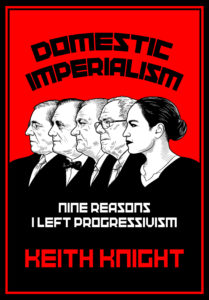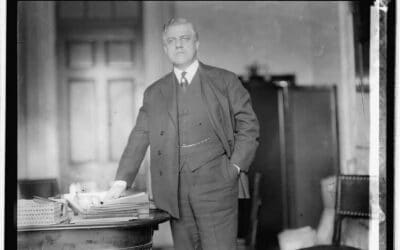President-elect Donald Trump proposed a major infrastructure plan during the election campaign. Trump’s campaign website spoke of “a bold, visionary plan for a cost-effective system of roads, bridges, tunnels, airports, railroads, ports and waterways, and pipelines.”1 The plan would “harness market forces” and “provide maximum flexibility to the states.”
America does need to harness market forces and promote state flexibility in infrastructure. We should reduce federal intervention and move toward greater reliance on the private sector to fund, own, and operate the nation’s infrastructure.
That is certainly true for aviation infrastructure, which will face major challenges as passenger demand outstrips the capacity of available facilities. Along with rising demand, the average size of planes has fallen, which has increased the number of planes using airports and the air traffic control (ATC) system.
Around the world, countries facing similar problems have adopted market-based aviation reforms. While our infrastructure is government-owned and bureaucratic, many airports abroad have been privatized, and foreign ATC systems have been restructured as independent, self-supporting organizations. While U.S. airports and ATC receive taxpayer subsidies, the global trend is toward aviation infrastructure funded by user charges.
This bulletin focuses on reforms to the nation’s more than 500 commercial airports. These airports are owned by state and local governments, but the federal government provides aid for capital improvements. The aid and other federal policies create hurdles to restructuring along the lines of reforms abroad. As a result, our airports are missing out on innovations that would benefit the traveling public.
Airports should be self-funded by revenues from passengers, airlines, concessions, and other sources. Federal subsidies should be phased out, and state and local governments should privatize their airports to improve efficiency, competitiveness, and passenger benefits.
Read the full report at the Cato Institute.





























